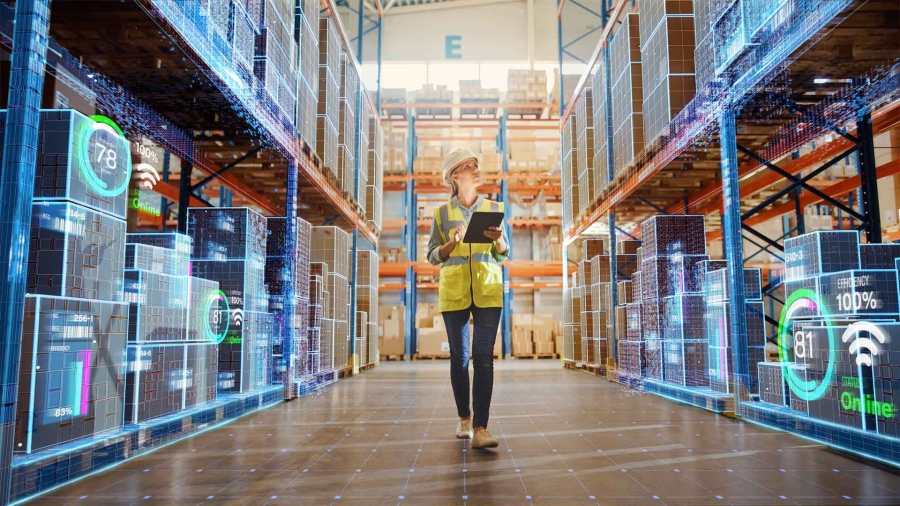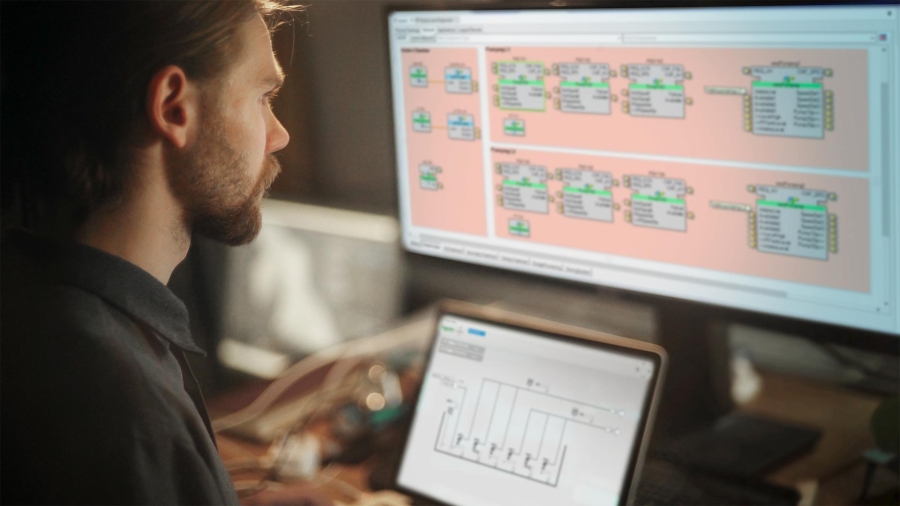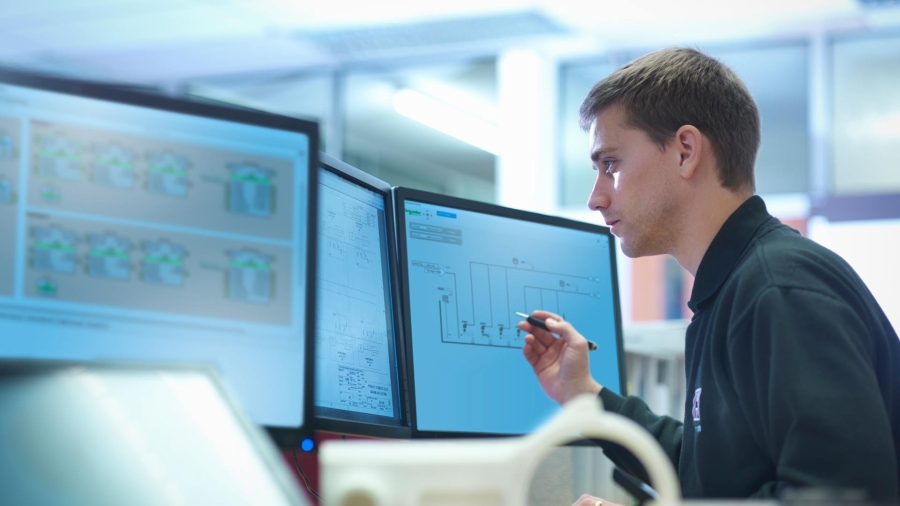‘We want different things.’ ‘I never know what you’re doing or thinking.’ ‘This relationship’s not working.’ ‘I want to meet new people.’ If the technology inside manufacturing sites today could talk this is what it would be saying.
Sophisticated automation technology in the form of physical machines and robots, operations systems that manage energy, processes, assemblies, cooling, and IT networks all co-exist in today’s factories. But they don’t easily talk to each other. And that’s holding industry back.
The industrial world still inhabits an environment of proprietary systems and vendor lock-in long since abandoned by the IT sector. This is throttling innovation and progress.
We live in a digital-first world. And software is the disrupter driving change. Amazon, Google, Uber, Airbnb have disrupted retail, media and knowledge consumption, transport and travel through software. Increased access to data, analytics and the Internet of Things (IoT) is transforming our understanding of the world from our health, to the weather, to our economic performance. And advances in AI solutions are accelerating the opportunity for breakthroughs in all areas of our lives. But to date, the industrial world has largely failed to capitalize on these technological advancements at the same rate as other sectors.
And there’s a reason for that. The industrial world still inhabits an environment of proprietary systems and vendor lock-in long since abandoned by the IT sector. This is throttling innovation and progress.
Indeed, research shows that European industry lags behind the US and China in digital maturity, making its enterprises less agile.
Stuck in a rut
The UK has a well-earned reputation for hi-tech industrial and manufacturing innovation. Yet, in some of the most crucial ways, we’re stuck in a rut. Industrial automation systems – that manage everything from raw materials to finished goods and services – have changed little over the last 50 years, in terms of design and operation.
A study issued in February highlighted that “the slowdown in Britain’s productivity growth over the last decade is the worst since the start of the Industrial Revolution 250 years ago.” Industry has long been ripe for disruption, and COVID-19 may have provided the impetus to those resisting change. In good times, it’s easy to forget that the price of doing the same old thing is far higher than investment in innovation.
The problem today is that software applications designed for one hardware system won’t easily work with another. What’s more, they are fused together. The automation architectures that most industrial enterprises still rely on constrain innovation, needlessly increase the total cost of ownership, and inhibit the adoption of IT-based advancements. Industrial enterprises cannot evolve quickly enough on their own to match the market dynamics of the digital world. The old ways are a barrier to growth and a cost, rather than an enabler for profit.
Proprietary systems have served us well, but they’re unable to keep up with digital age challenges. Constraints like big engineering efforts and barriers to adaptability are things we’ve learnt to accept. But for precisely these reasons, they’re stopping manufacturers from fully realizing their digital potential.
The good news is that installing best of breed systems from different vendors and seamlessly integrating them under one roof is no longer science fiction. If the industry comes together, the full promise of the Fourth Industrial Revolution can be unleashed.
It’s good to talk: Universal Automation is the foundation of Industry of the Future
So, what will it take for next-generation industrial businesses to thrive? Many organizations recognize that next-generation industrial automation must be interoperable and break free from the locked-in model we currently accept. Interoperable and portable application software is a must for next-generation industries.
That’s why it’s time for universal automation: a common IEC 61499 software standard for all automation systems, making them easy to pick up, implement and share. Instead of being dependent on one vendor’s system, OEMs, integrators, and end users can build the architecture and products they need with the best ‘plug-and-produce’ solutions from multiple providers.
The result will be the equivalent of an App Store for industry. In the same way consumers can easily access the latest smartphone apps, industrial organizations will be able to harness plug-and-produce applications thanks to easy, behind-the-scenes integration. The best solutions will be vetted on an open, shared market where companies collaborate to drive greater efficiencies and drive down the cost of innovation. Digital collaboration of this sort has the potential to unlock more than $100 billion in value.
Some may argue that building systems on components from multiple vendors increases risk, but the reality is just the opposite. Risk is reduced when an end user benefits from the expertise of many expert providers. Furthermore, standards-based software has been tried and tested on the open market – making it more reliable and easily adapted for the future. By contrast, custom-programmed proprietary systems are expensive to maintain and difficult to upgrade.
If this all sounds like a potentially costly upheaval, it isn’t. Broad adoption of universal automation will unleash a new wave of innovation. It will optimize cost and performance by integrating different components into flexible, agile models. Manufacturers will be able to achieve step-changes in efficiency and agility they could only have dreamt of a decade ago.
From ‘you only think about yourself’ to ‘shared interests’
Imagine factories and industries of the future, where machines, operations and IT systems are integrated, understand each other, talk and collaborate—where agility, sustainability, and productively are just a matter of choosing the best-in-class solution for your operation. Not the best solution available from a vendor you’re locked in to using; where new features, functions and use cases can be quickly and easily added to existing hardware through software updates. The ROI is easily captured by increasing the longevity and value of physical machines and devices.
Eliminating silos will enable industry to unlock huge efficiency gains, increase productivity and understand the entirety of their operations in ways that was previously unachievable. It will also enable the full adoption of transformational technologies including the Industrial Internet of Things, Machine Learning, Artificial Intelligence, and other yet to be conceived innovations.
Moving to universal automation and eliminating proprietary systems is the step change industry needs to take to realize its full potential.
This piece was first published in Forbes on 22 October, 2020














